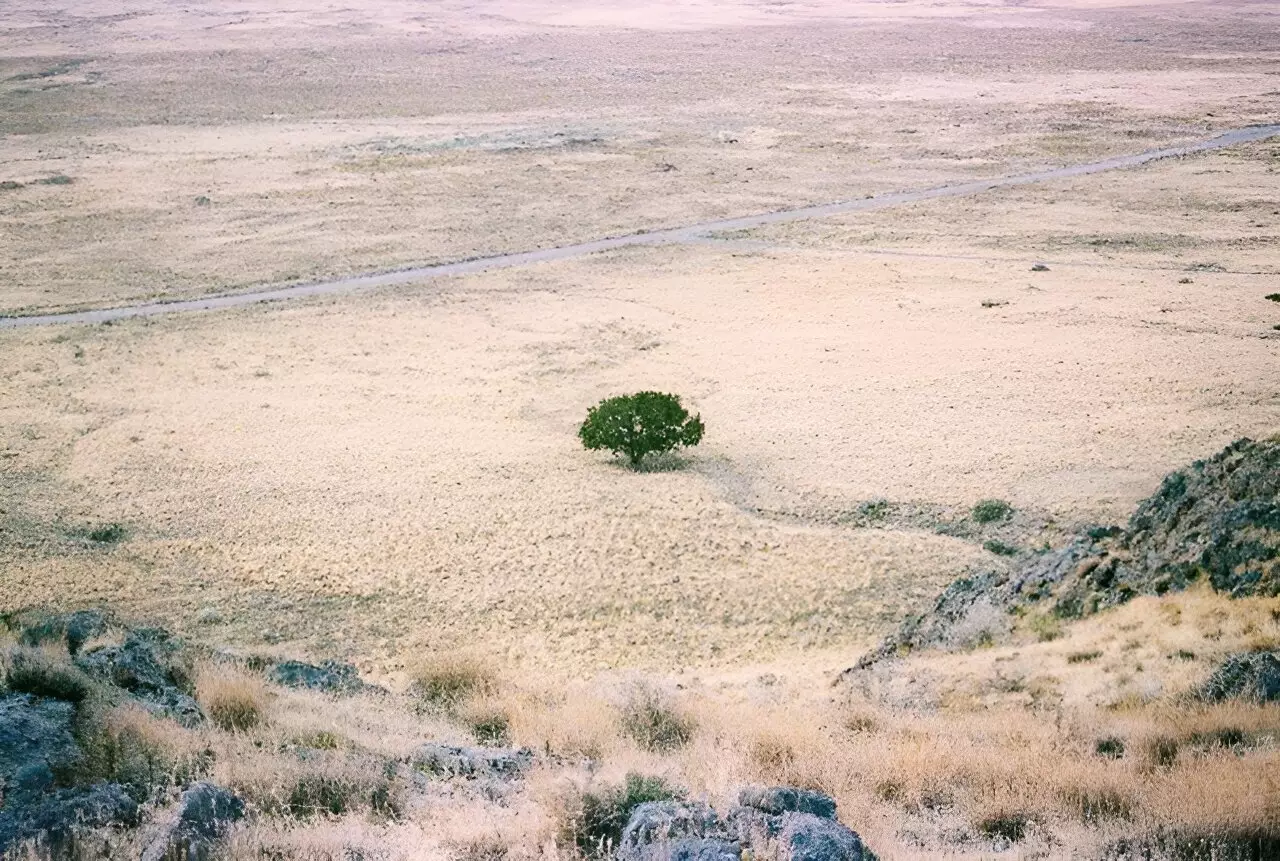Drought is a pressing global issue, manifesting through water scarcity that disrupts agriculture, ecosystems, and human livelihoods. Traditional drought indices have typically struggled to offer accurate predictions due to the complex and variable nature of hydroclimatic conditions. However, recent research published in *Scientific Reports* has unveiled the potential of artificial intelligence (AI) in revolutionizing how we forecast and manage droughts. This innovative approach offers a glimpse into a future where proactive strategies can mitigate the devastating impacts of drought.
The study led by Dr. Mohamed Abdallah, an Associate Professor of Civil Engineering at the University of Sharjah, reveals that AI models significantly outperform conventional drought indices in forecasting drought scenarios. Unlike traditional methods that rely on historical data and often oversimplify the conditions leading to drought, AI leverages vast datasets to identify patterns and correlations that may not be apparent through traditional analysis. “The results were promising,” Abdallah noted, emphasizing that these AI models accurately predicted drought conditions by analyzing various indicators, something that existing indices failed to do consistently.
The development of AI-driven models comes at a critical juncture as regions around the world grapple with intensifying climatic fluctuations and water scarcity. By applying machine learning, researchers can train models on historical climate data, including soil moisture levels, which enhances forecasting accuracy. Such adaptability position AI not merely as an academic tool but as a central component in drought management protocols.
One of the primary challenges in drought prediction has been the inherent complexity of the phenomenon itself. The study underscores the fact that no universal drought index can effectively capture the variability in hydroclimatic conditions across different regions. In light of this complexity, the authors sought to formulate a new meteorological drought index that is tailored to the unique characteristics of various environments. With AI’s capability to process and analyze extensive datasets, researchers can create indices that are not only region-specific but also dynamically responsive to changing climate patterns.
“Our AI models prove particularly efficient at capturing extreme climatic changes,” Abdallah pointed out. This efficiency is vital for areas where water scarcity is becoming more pronounced. In essence, AI enables a level of predictive capability and operational flexibility that was previously unattainable, allowing for more strategic planning regarding water resource allocation and usage.
The implications of incorporating AI into drought forecasting are vast and significant. The study posits that enhanced prediction capabilities can empower decision-makers, rural planners, and farmers to make more informed choices in their water management practices. By equipping authorities with reliable forecasts, communities can better prepare for drought, thereby minimizing economic risks and ensuring food security.
For instance, in arid regions like the Middle East, managing water resources effectively could stave off potential socio-economic and geopolitical crises. As noted by Abdulrahman Abdeljaber, a research assistant and co-author of the study, the ability to predict drought impacts has the potential to stabilize agricultural output and improve water management strategies. This argument holds particularly true as climate change continues to exacerbate water scarcity challenges worldwide.
Tailoring drought prediction methodologies to align with the specific needs of different regions represents a paradigm shift in how we approach environmental management. The research suggests that AI can enhance early warning systems, allowing for timely interventions when drought conditions arise. Such advancements in monitoring systems not only enable governments to optimize water usage but also empower farmers to adjust their agricultural practices to minimize losses during dry spells.
Moreover, the AI tools developed in this study are not static but adaptable to ongoing climatic changes. As Dr. Mhamd Oyounalsoud highlights, these innovations offer essential support in resource allocation and disaster management, ultimately safeguarding both water and food security as climate scenarios grow more severe.
The integration of AI into drought assessment signifies a transformative leap in proactive environmental management strategies. By providing a more nuanced and precise understanding of drought phenomena, researchers can equip policymakers with the tools necessary to combat water scarcity effectively. As the world faces looming climatic challenges, the potential of AI in enhancing drought prediction and management offers a beacon of hope that communities worldwide can harness to adapt and flourish in an uncertain future. Through ongoing collaboration and development in this field, we may finally establish a robust framework to face one of humanity’s most pressing challenges: managing water in an era of unpredictability.

